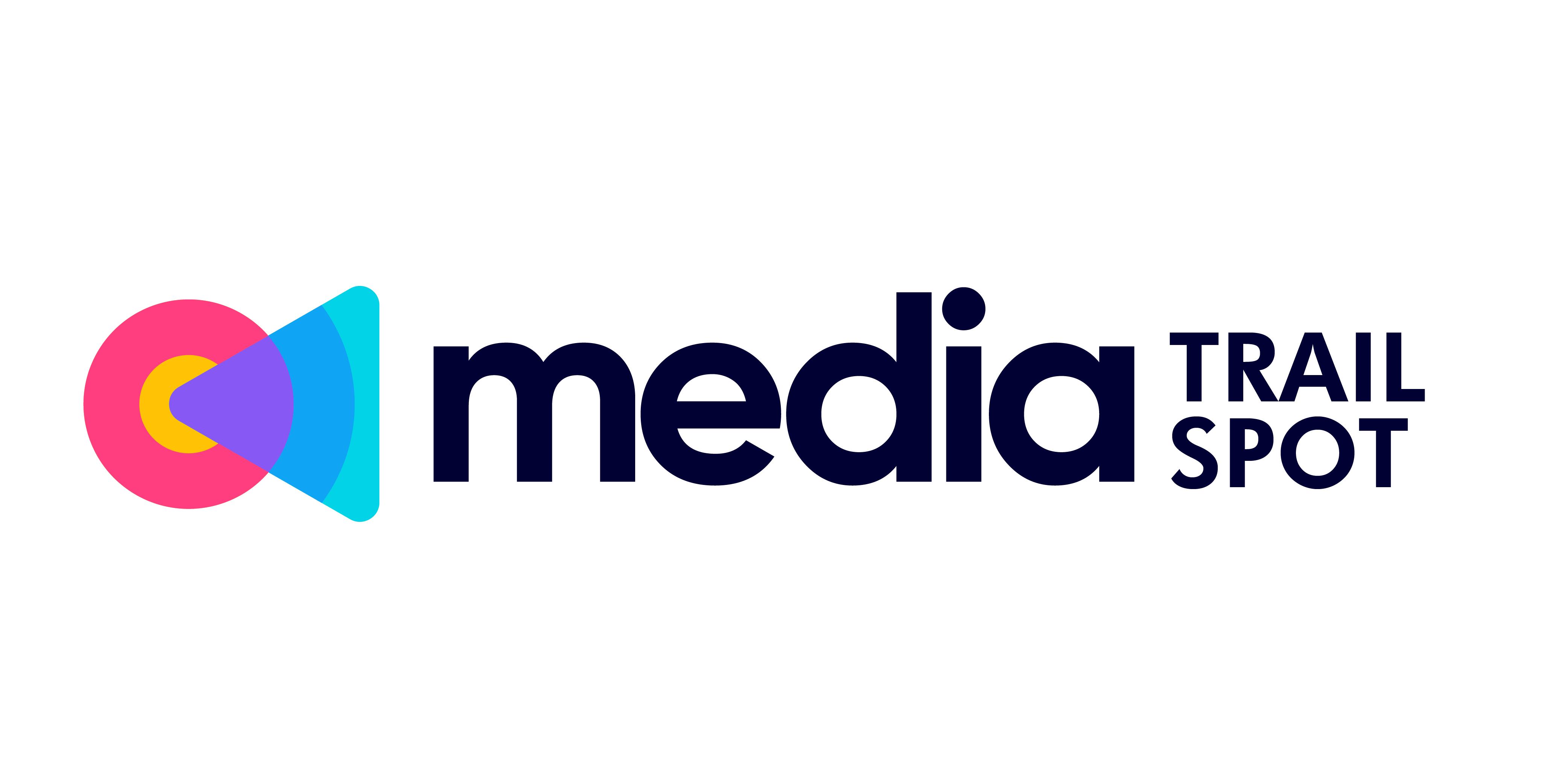Introduction
Hollywood sells stories, but it runs on spreadsheets. Behind the premieres, premieres, and paparazzi is a machine moving billions annually through studios, streamers, agencies, and platforms. Understanding how this engine runs isn’t optional anymore—not for creators trying to protect their IP, not for investors chasing ROI, and not for audiences curious about where new content is really coming from (or why their favorite show vanished mid-season).
In raw numbers, the global film and television market is expected to hit over $300 billion in 2024. Theatrical box office is clawing back post-pandemic, but streaming is where the growth is happening—though not without turbulence. Layoffs, consolidations, and shifting subscriber models paint a picture of an industry in transition—not in collapse, but definitely in recalibration.
Whether you’re writing scripts or reviewing balance sheets, what happens in Hollywood’s boardrooms now ripples across the culture. And if creators want to survive—and thrive—they need to think like businesspeople, not just artists.
Studio Economics 101
Despite the glitz, studio profits aren’t as straightforward as many think. The money doesn’t just roll in from ticket sales—Hollywood’s revenue pie is split across several platforms. Theatrical box office often gets the spotlight, but for most major studios, it’s just a slice of the earnings. More dependable income streams now come from streaming deals, licensing rights, and merchandising. Think action figures, soundtrack rights, spin-off TV shows, and international streaming packages. These backend channels often outlive the hype of a release weekend.
Streaming, in particular, has changed the math. Upfront licensing deals and subscriber growth are heavily baked into content valuations. Instead of relying purely on a box office run, studios now structure budgets knowing a big Netflix or Amazon payout might already be locked in. It’s a safer bet in some ways, but the trade-off is long-term control—those platforms usually want exclusive rights.
Then there’s international money, which has grown into a major pillar. A film’s global performance can make or break its profitability. Studios are now building franchises with China, India, and Latin America in mind. Dialogue is written to translate better, visuals are less culture-specific, and sometimes the content is redone entirely for specific markets.
And here’s the kicker: that $1 billion box office hit? After splits with theaters, marketing costs, and participation deals (those backend points you hear about), many of those blockbusters turn only modest profits. Flashy grosses don’t always mean huge wins. The smarter game, and one studios increasingly play, is building a multi-year, multi-channel revenue engine around content—not just counting on opening weekend.
Streaming Wars and Market Consolidation
Netflix made binge-watching the norm. Disney+ brought legacy IP into every living room. Amazon flexed its wallet with billion-dollar bets like “The Rings of Power.” These aren’t just entertainment platforms—they’re battlegrounds. The rules are changing fast, and the old playbooks don’t apply.
The cost of staying competitive is brutal. Original content is now the core product, not just a supplement. That means massive production budgets, all in service of winning (and keeping) subscribers. But attention is finite, and churn is real. Loyalty doesn’t come cheap—it comes from characters people care about, stories that don’t waste time, and ecosystems built to trap viewer habits.
Behind the scenes, mergers and acquisitions are trimming the fat. Fewer studios, fewer platforms, more power packed into fewer hands. Warner Bros. Discovery, Disney’s grab of Fox, Amazon swallowing MGM—it’s consolidation at a staggering scale. For creators and indie producers, fewer buyers means fewer chances.
This is not just competition—it’s survival economics. Streaming giants aren’t just building libraries. They’re building walls. And anyone looking to scale in this market better be ready to play in fewer, harder arenas.
Talent, Contracts, and Power Plays
The old Hollywood hierarchy is cracking. Where studios once held near-absolute control, power is now increasingly in the hands of talent—particularly those with influence, followers, or box office pull. Actors and directors aren’t just signing on for day rates or flat fees anymore; many are pushing for—and securing—backend points, profit-sharing arrangements, and producing credits. The business-savvy A-lister isn’t a rare case anymore. It’s the new baseline.
Part of this shift is tactical. Top talent understands that revenue isn’t just about a salary—it’s about long-tail profit, IP ownership, residuals, and producer leverage. This also aligns with the rise of performers becoming their own brands, complete with content studios, merch lines, and direct fan platforms. It’s strategic control—and it’s changing how deals are structured across the board.
Add labor movements like the SAG-AFTRA and WGA strikes, and the message is clear: the workforce wants a new model. Fair pay, transparency in data usage (especially around streaming), protections against AI, and a real seat at the table. These strikes weren’t just about contracts—they were battle lines over the future of creative labor. And moving forward, it’s unlikely the industry returns to business as usual.
Studios still have the money and infrastructure—but talent now has options, leverage, and an increasingly unified voice. Expect the next generation of deals to reflect that.
Risk, Innovation, and the Indie Sector
Studios aren’t gambling much these days—they’re hedging. Franchises, sequels, spin-offs, reboots: that’s the name of the game. Why? Because predictability sells. Known properties bring built-in audiences, easier marketing, and fewer financial surprises. In a climate where one box office flop can sink a quarter, studios stick with what feels safe. But this safety strategy comes with a cost: creative stagnation, audience fatigue, and a shrinking space for original stories on the big screen.
That’s where indie filmmakers come in. With thinner budgets and less pressure to deliver $1 billion blockbusters, they’re swinging big with fresh ideas. The trade-off? Resources. Independent creators are constantly juggling cash flow, cutting corners, and finding new ways to be scrappy. If studio filmmaking is a well-funded marathon, indie filmmaking is a parkour sprint through alleyways with a GoPro. But the upside? Total creative control and the freedom to tell stories that fall outside the algorithm.
To survive—and thrive—many are turning to alternative funding paths. Crowdfunding isn’t just for gadgets anymore. Film-based Kickstarter and Indiegogo campaigns are helping creators lock in early fan backing. Grants from nonprofits and arts organizations are picking up the slack where traditional investors tap out. And then there’s the rise of niche streaming platforms willing to take bold swings on smaller voices. For audiences burned out on the cinematic equivalent of a superhero buffet, the indie scene offers something different—and deeply needed.
The risk is real. But so is the reward: storytelling that actually surprises you.
Marketing: From Trailers to TikTok
In a world where attention is currency, Hollywood marketing has become a battleground of scale vs. speed. Studios still drop massive sums on traditional campaigns—prime-time trailers, bus wraps, press junkets—but they’re also learning that a $50 million marketing push can’t guarantee cultural relevance. Instead, organic buzz often dictates whether a film opens strong or quietly fades.
Data is steering the ship now. Studios analyze audience behavior down to the frame: who’s rewatching the teaser, who’s skipping the ad, and what’s catching fire on platforms like TikTok or Instagram Reels. It’s not just about where content lives, but how it travels—memes, fan edits, reaction videos. The most effective campaigns in 2024 aren’t just seen—they get talked about, remixed, and shared.
But the best results usually blend both worlds. “Barbie” dropped a high-gloss traditional rollout, paired with viral-level internet savviness. Meanwhile, “Skinamarink”—a low-budget indie horror flick—used unsettling micro-trailers and Reddit-driven hype to quietly break out. Two totally different budgets, same end goal: attention and audience.
Marketing today isn’t about selling the film—it’s about sparking enough curiosity that audiences do the selling for you.
Future-Proofing Hollywood
Hollywood isn’t standing still. Tech and ethics are reshaping how stories get told—and who gets to tell them.
First, there’s AI. From script development to post-production smoothing, artificial intelligence tools are now baked into the daily workflows of big studios and indie shops alike. They’re speeding things up, cutting costs, and even generating concept art or voice dubs on the fly. Same goes for virtual production—those LED volumes made famous by “The Mandalorian” are quickly replacing traditional location shoots. It’s cheaper, faster, and offers total control. The metaverse? Still early days, but studios are placing small bets now so they’re not late to the table later.
Then there are ESG (Environmental, Social, Governance) and DEI (Diversity, Equity, and Inclusion) initiatives. These aren’t just moral checkboxes anymore—they’re fast becoming prerequisites for major funding, partnerships, and audience loyalty. Streamers and networks are putting money behind inclusive casting and sustainable practices because both audiences and investors are watching closely.
Post-COVID, the wildcard is adaptability. Production timelines, revenue models, even how content is consumed—they’re all in flux. Hybrid releases, remote crews, and digital-first strategies aren’t trends—they’re the new standard. Studios that can pivot quickly without compromising quality are the ones making it through the noise.
In short: tech, ethics, and agility will drive the next chapter of Hollywood. The ones who last won’t just be talented; they’ll be ready.
Deeper Industry Impact
Hollywood’s Ripple Effect Beyond the Screen
The decisions made in Hollywood boardrooms don’t just shape what we see in theaters or stream at home—they influence the broader media landscape. As entertainment transforms into a high-stakes business, the effects are being felt across journalism, digital media, and public discourse.
Media Coverage in the Age of Consolidation
With fewer major studios and platforms dominating the market, media outlets often rely on press access, official partnerships, or exclusive content to stay relevant. This can impact objectivity and the diversity of coverage:
- Fewer companies controlling narratives means fewer dissenting viewpoints
- Entertainment journalism increasingly intersects with PR and marketing
- Independent critics and journalists face access challenges and monetization hurdles
Shifting Narratives and Public Discourse
The scale and frequency of blockbuster content create cultural moments that dominate online conversation—sometimes subtly shaping public priorities and perceptions.
- Film and TV releases increasingly spark conversations around politics, identity, and values
- Audiences look to artists and creators for commentary on social issues
- Studios are becoming more aware of their influence, carefully curating messages and themes
Journalism in a Streaming-Dominated World
Traditional journalism is also adapting. Media organizations must consider:
- How to cover industry shifts while maintaining editorial independence
- Competing with influencers and entertainment-focused content creators
- Monetizing digital content in a saturated attention economy
Further reading: The Future of Journalism: Where Is the Industry Heading?
As the lines blur between Hollywood’s business priorities and media coverage, one thing is clear: storytelling power doesn’t just entertain—it informs, persuades, and shapes how we understand the world around us.
Final Takeaway
Hollywood is no longer driven by talent alone. Creative brilliance still matters—but it’s only half the equation. The entertainment industry has become a high-stakes business arena where decisions are driven as much by analytics and balance sheets as they are by originality and screenplay.
Streaming economics, global markets, AI production tools—these aren’t just buzzwords. They’re survival skills. For creators, riding the ups and downs of this industry means knowing when to pitch a bold idea, and when to read the financial room. For studios and indie outfits alike, the ability to pivot, restructure, or scale matters as much as the content they ship.
In short, the coming years will belong to those who can walk both paths: telling stories that matter and running creative ventures like sharp business operations. The people who balance artistic risk with commercial reality—they’re the ones who’ll shape what Hollywood becomes next.


 Victorious Chapmanserly contributes as a tech writer at mediatrailspot focusing on cloud computing, digital transformation, and innovative software solutions. His articles highlight practical applications of technology in business and daily life.
Victorious Chapmanserly contributes as a tech writer at mediatrailspot focusing on cloud computing, digital transformation, and innovative software solutions. His articles highlight practical applications of technology in business and daily life.

